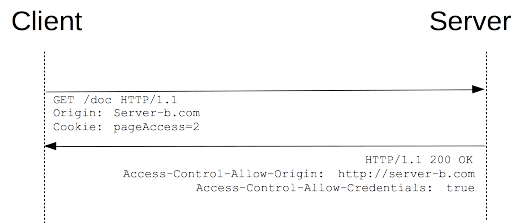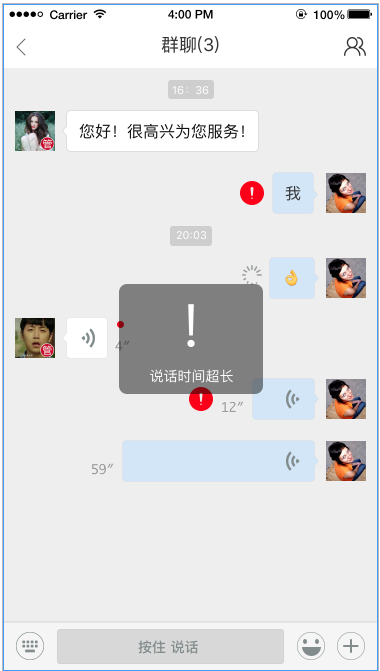I'm trying to test web service calls using an ASP.NET page that creates a form with username and password fields and a "Submit" button. (Both jQuery and the .js file I'm using are included in script tags in the head element.)
The "Submit" button calls a function created in the C# code behind file that makes a call to a separate JavaScript file.
protected void mSubmit_Click(object sender, EventArgs eventArgs)
{
String authenticate = String.Format("Authentication(\"{0}\",\"{1}\");", this.mUsername.Text,this.mPassword.Text);
Page.ClientScript.RegisterStartupScript(this.GetType(), "ClientScript", authenticate, true);
}
The JavaScript function, Authenticate, makes web service call, using jQuery and Ajax, to a different server, sending JSON parameters and expecting back JSON in response.
function Authentication(uname, pwd) {
//gets search parameters and puts them in json format
var params = '{"Header":{"AuthToken":null,"ProductID":"NOR","SessToken":null,"Version":1},"ReturnAuthentication":true,"Password":"' + pwd + '","Username":"' + uname + '",”ReturnCredentials”:false }';
var xmlhttp = $.ajax({
async: false,
type: "POST",
url: 'https://myHost.com/V1/Identity/Authenticate',
data: params,
contentType: 'application/json'
});
alert(xmlhttp.statusText);
alert(xmlhttp.responseText);
return;
}
However, because the web service I'm calling is on a different server than the ASP.NET, C# and JavaScript files, I'm not getting a statusText or responseText alert.
Somehow, nothing is being sent to the web service and I'm not getting anything back, not even an error. I tried putting a function in the beforeSend attribute, but that didn't fire. Is there a special way I need to handle calling an off-server web service?
UPDATE!
At the advice of jjnguy, Janie and Nathan, I'm now trying a server side call to the web service using HttpWebRequest. Using some of jjnguy's code as well as code from this question, I've come up with this.
public static void Authenticate(string pwd, string uname)
{
string ret = null;
HttpWebRequest request = (HttpWebRequest)WebRequest.Create("https://myhost.com/V1/Identity/Authenticate");
request.ContentType = "application/json";
request.Method = "POST";
string data = "{\"Header\":{\"AuthToken\":null,\"ProductID\":\"NOR\",\"SessToken\":null,\"Version\":1},\"ReturnAuthentication\":true,\"Password\":\"" + pwd + "\",\"Username\":\"" + uname + "\",\"ReturnCredentials\":false }'";
byte[] byteData = UTF8Encoding.UTF8.GetBytes(data);
request.ContentLength = byteData.Length;
using (Stream postStream = request.GetRequestStream())
{
postStream.Write(byteData, 0, byteData.Length);
}
HttpWebResponse response = (HttpWebResponse)request.GetResponse();
using (response)
{
// Get the response stream
StreamReader reader = new StreamReader(response.GetResponseStream());
// Console application output
ret = reader.ReadToEnd();
}
Console.WriteLine(ret);
}
However, I'm getting a (400) Bad Request error from the remote server when I try to get the response from my HttpWebRequest. The value of the Response property of the exception says {System.Net.HttpWebResponse} and the value of the Status property is ProtocolError. I'm pretty sure this is because the URL is using HTTP SSL protocol. What can I do to get around that, other than having the ASP.NET page URL start with HTTPS (not an option)?



